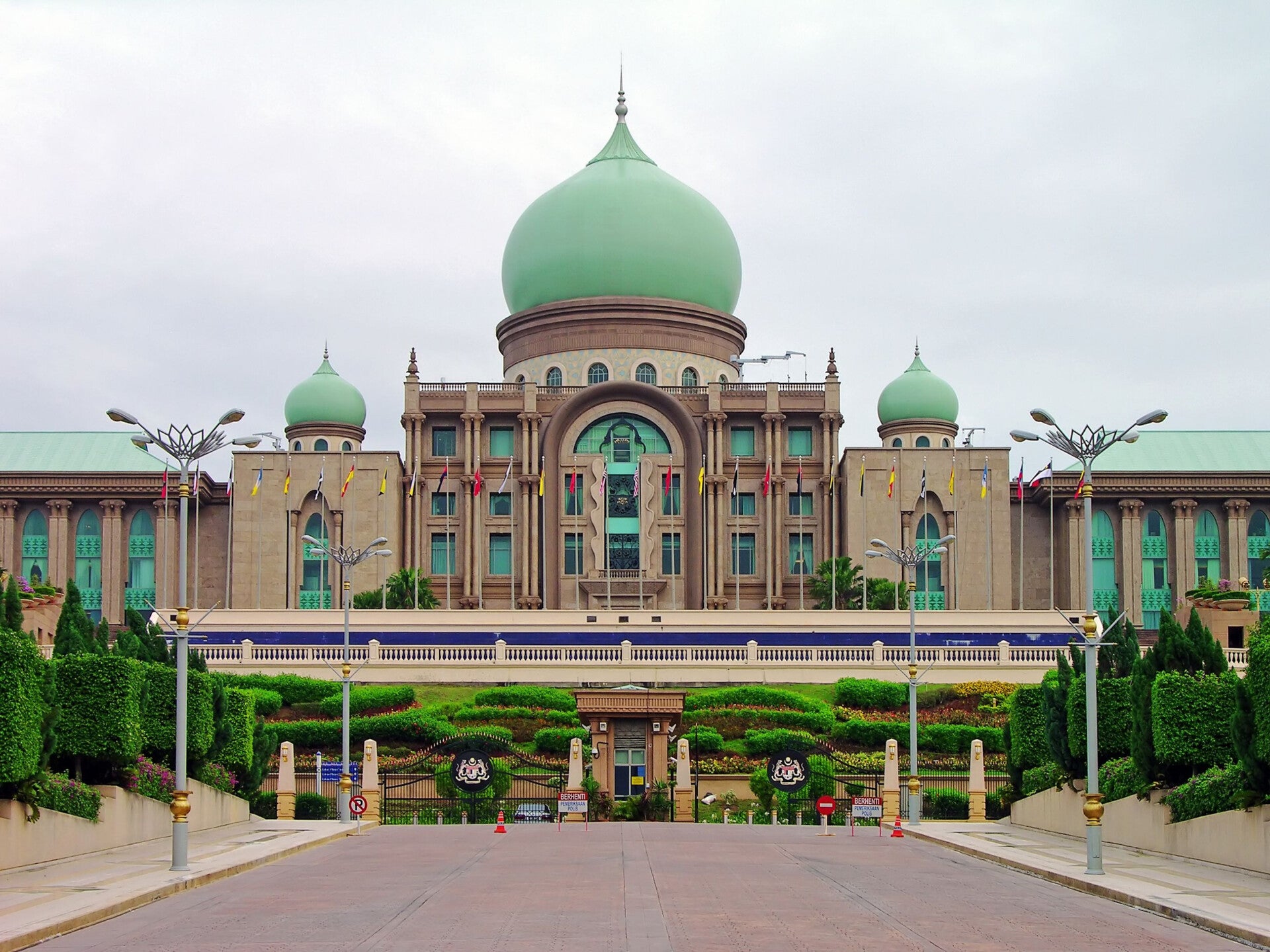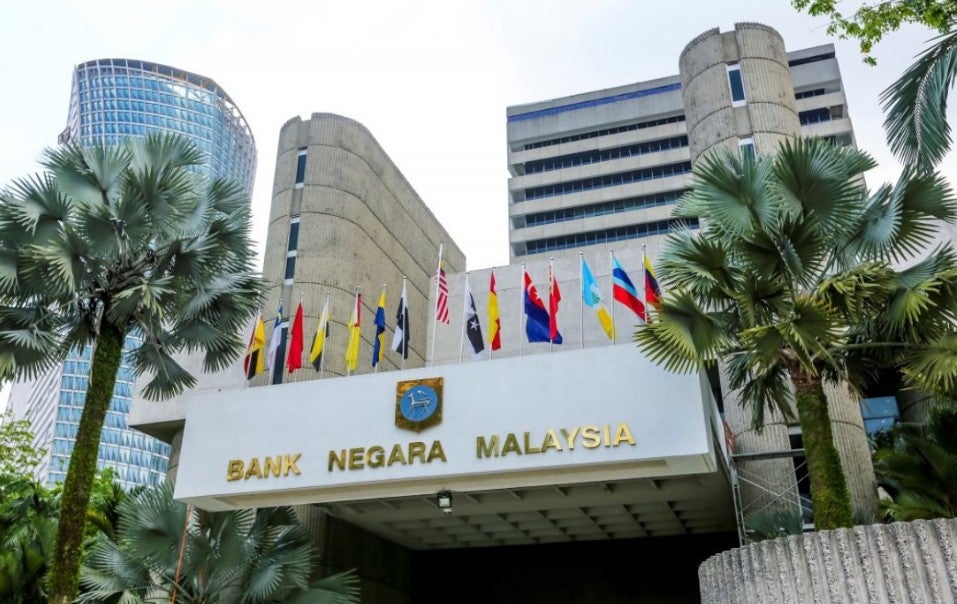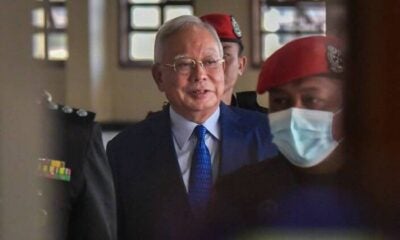Money makes the world go round – and money also goes around the world. The ringgit is no exception to the rule, due to its impact on Malaysians’ daily lives. Whether or not you earn or spend in US dollars, many Malaysians have been closely watching the ringgit exchange rate against the USD, especially considering its weakness earlier this year.
If you too have been watching the exchange rate every now and then, you may have noticed the ringgit has recently been strengthening against the USD – the strongest it has been in 19 months at that! What exactly is driving this? Well, this article seeks to explain that!
To help you understand the recent goings-on with the ringgit, here are some lesser-known facts you should be aware of! ?
1. What’s strengthening the ringgit? Clearer policy rates and growing investor confidence

To preface this point, interest rates elsewhere were much higher than in Malaysia. Now, this is changing as the ringgit’s recent movements have been driven mainly by expectations of narrowing interest rate differentials between advanced economies and Malaysia.
For much of last year, the US Federal Reserve kept the federal funds rate (the US equivalent of the OPR) at 5.25%, to tame the painfully high inflation in the US. These high interest rates mean higher returns on savings. As a result, investors moved their funds into US-based savings and investments, causing the US dollar to grow stronger than other currencies in countries where interest rates weren’t raised as much – including Malaysia (OPR: 3%).
This was the case until advanced economies began cutting rates (e.g. US Federal Reserve, Bank of England, European Central Bank). This means we can expect that there will be support for the ringgit against various currencies in the upcoming months!
To add to this, Malaysia is also benefitting from improving economic prospects that help support investor sentiments. This turn of events for the economy can be credited to the recent GDP growth of 5.9% in Q2 of 2024 (1Q 2024: 4.2%), which has exceeded many analysts’ and market expectations (4.7%). Here’s what contributed to the GDP growth:
- Households are spending more (2Q24: 6.0%, 1Q24: 4.7%)
- Exports are recovering (2Q24: 5.8%,1Q24: 2.0%)
- Higher tourist arrivals (2Q24: 6.0 mil persons, 1Q24: 5.8mil persons)
- Stronger investments e.g., high construction activities amid expansion in electrical and electronics (E&E) and data centres nationwide (2Q24: 17.3%, 1Q24:11.9%)
- Policy support remains available through initiatives including Budi Madani, EPF Account 3, etc.
Combine the above factors and you get an improved investor sentiment for the Malaysian economy! With the continuing recovery of investor sentiment, many investors are more willing to invest in Malaysia – be it in our stock market or setting up foreign businesses (through foreign direct investments). The higher the demand for ringgit assets, the stronger the ringgit becomes.
2. The Government and Bank Negara Malaysia have also made efforts to support the ringgit

Aside from economic developments within and outside Malaysia, the Government and Bank Negara Malaysia have also been pulling their weight to bolster the ringgit’s performance.
Through engagements and incentivising schemes, policymakers have coordinated actions that encourage government-linked corporations (GLCs), government-linked investment corporations (GLICs), and corporates to bring back the income they make on foreign investments more frequently and convert this income into ringgit.
And the result of this combined with the above changes in policy rates and newfound investor confidence in the first point? The ringgit has outperformed all other regional currencies against the US Dollar! As of 17 September 2024, here are the currency rates of advanced economies compared against the ringgit:
- Malaysian Ringgit (MYR): +7.87%
- Thai Baht (THB): +2.55%
- Singapore Dollar (SGD): +1.80%
- Indonesian Rupiah (IDR): +0.40%
- Chinese Renminbi (RMB): +0.04%
- Philippine Peso (PHP): -0.55%
- Indian Rupee (INR): -0.66%
- Japanese Yen (JPY): -0.96%
- South Korean Won (KRW): -3.41%
- Taiwanese Dollar (TWD): -3.73%
But speaking of changing currency rates… ?
3. Don’t worry; the ringgit’s fluctuation is not the be all, end all for Malaysia’s economy

As with all currencies in other nations, the ringgit tends to fluctuate a lot in the short run and therefore, is not the best indicator of Malaysia’s economic health. In fact, many factors can influence a currency’s performance, with many having very little to do with the Malaysian economy itself! Wars, geopolitical tensions, and other developments abroad can affect the ringgit in the near term.
For example, when the US Federal Reserve increased its federal funds rate (its version of the OPR) by 525 basis points over a period of several months to stem inflation in the US (not Malaysia!), the ringgit weakened as many investors preferred to invest in the US to gain higher returns.
Some insist that Malaysia uses the OPR to support the ringgit (even when we don’t suffer the high inflation as in the US). However, this also comes at a cost to Malaysian borrowers. To illustrate, if we were to match the interest rates in the US, loan repayments would have been much higher. According to an online calculator, a person with a RM300,000 housing loan will have to pay an estimated additional RM407 per month! Hence, it’s not wise to increase OPR to defend the ringgit especially when price pressures are manageable.
So instead of pining for a stronger ringgit in the short term, we should focus instead on improving the fundamentals of our economy by increasing productivity, attracting high-value investments, and creating more high-paying jobs for Malaysians among other initiatives.
When our economic prospects and performance improve, it will naturally attract more investors and businesses into Malaysia (aka improving investor sentiment)! Eventually, this will increase the demand for our goods and services, including other ringgit-denominated assets and in turn, increase the demand for the ringgit.
All this being said, structural reforms are a crucial step for the ringgit to prosper

While the latest developments have helped with investor sentiments on Malaysia, it’s up to us to uphold the benefits we reap from these gains!
Some of these reforms may have short-term costs while others may require some time to take effect, but all of them need to be implemented soonest. Some of these reforms include:
- Commitment to fiscal sustainability
- Upskilling and reskilling our workforce
- Attracting high value-added investments to Malaysia
- Orderly and just climate transition
Malaysia’s 2024 growth is expected to be within 4 – 5% (some analysts are even expecting growth to exceed 5%!) Many of the approved investments in semiconductors and data centres, including ongoing progress in multi-year projects will help support growth.
As mentioned in the previous point, price pressures are also manageable as inflation is expected to be within 2.5% to 3.0%, even after accounting for government measures.
Regardless, it’s best to pull off the hard things during good times (aka right now), instead of just when we are forced to implement them during difficult crises where the cost to Malaysians will already be higher.
To sum up structural reforms, these initiatives will raise Malaysia’s competitiveness, driving strong interest in what our economy can offer globally. Ultimately, this will lend the most enduring support to the ringgit and economy.
And that’s the recent state of the Malaysian ringgit explained!

All in all, it’s important to understand the factors behind the ringgit’s movements. While the currency’s performance is certainly influenced by external factors, Malaysia’s strong economic fundamentals and coordinated policy actions provide a stable foundation. By focusing on long-term structural reforms and maintaining economic resilience, Malaysia is well-positioned for sustainable growth and a stable ringgit.

































